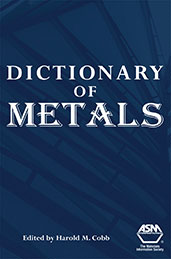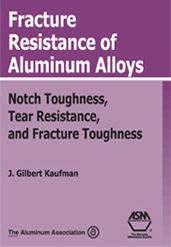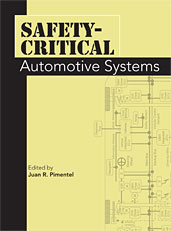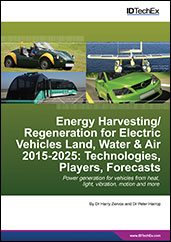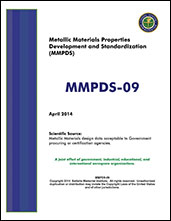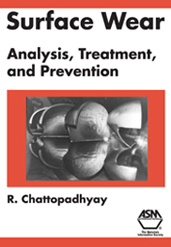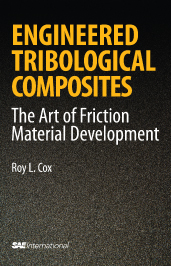Book

Optical Microscopy of Fiber-Reinforced Composites
2010-01-01
Optical microscopy is one of the most valuable, but under utilized, tools for analyzing fiber reinforced polymer matrix composites. This hands-on instructional book covers a wide range of topics including sample preparation, illumination and contrast techniques, methods and reagents, and applications. Studies are presented that provide insight into processing effects, toughening approaches, damage mechanisms, and environmental effects on the microstructure of composite materials. In addition, the power of optical microscopy to study the microstructure of these heterogeneous, anisotropic materials is illustrated with more than 180 full color images.
